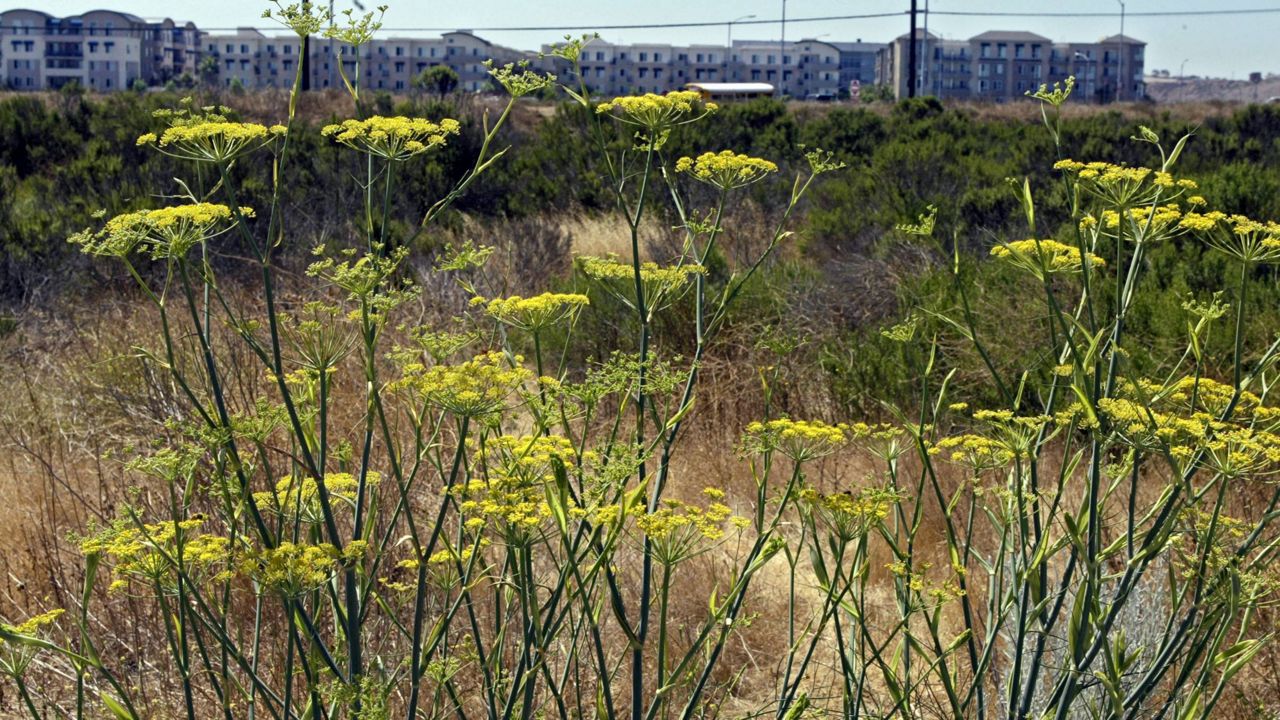LOS ANGELES (CNS) — Two petitions were filed against the state Department of Fish and Wildlife challenging the state's approval last month of a project they say was approved without a full environmental assessment, and would bulldoze the Ballona Wetlands ecological reserve north of Los Angeles International Airport.
What You Need To Know
- One petition was brought by community group Protect Ballona Wetlands and the second by another group, Defend Ballona Wetlands
- The two legal actions ask a Los Angeles Superior Court judge to set aside all approvals, alleging numerous violations of the California Environmental Quality Act
- The petition alleges that the project proposed was not adequately described, a complaint raised by federal agencies, including the U.S. Fish and Wildlife Service
- A Department of Fish and Wildlife representative said the department does not comment on pending litigation
One petition was brought by community group Protect Ballona Wetlands and the second by another group, Defend Ballona Wetlands, along with biologist Robert Jan van de Hoek and Los Angeles City Council candidate Molly Basler. The two legal actions, filed Thursday, ask a Los Angeles Superior Court judge to set aside all approvals, alleging numerous violations of the California Environmental Quality Act. The petition alleges that the project proposed was not adequately described, a complaint raised by federal agencies, including the U.S. Fish and Wildlife Service.
A Department of Fish and Wildlife representative said the department does not comment on pending litigation.
The litigation deals in part with Proposition 12, a 2000 voter- approved measure which authorized a $2.1 billion bond for various land and water quality programs and includes a paragraph stating that the funds are to be used to "protect, acquire and restore" the Ballona Wetlands.
The three main components of the project are restoring wetlands and wetland functions within the Ballona Reserve, restoring and improving public access to the Ballona reserve and maintaining existing levels of flood risk management provided by the Ballona Creek channel and levee system. But the petitions take issue with the terms "restoration, enhancement and establishment" and say the project will have unacceptable impacts on the environment.
"In addition to the project description being inaccurate, there are errors with the environmental baseline and significant new information was disclosed late or not at all, requiring recirculation of the environmental impact report," public interest lawyer Jamie T. Hall said regarding the Protect Ballona Wetlands suit.
"Standing out like a sore thumb is the revelation that the engineers who designed this project used the incorrect flood risk standards," according to Hall. "For people living, working or driving near the wetlands, the flood risk standards are very important to get right, especially given concerns about sea level rise on the coast. The U.S. Army Corps of Engineers decided not to release a final environmental impact statement due to this concern."
Environmental activist Wendy-Sue Rosen said Protect Ballona Wetlands was formed due to what she alleges is a lack of legitimate information related to flood risk, unacknowledged damage to the environment and the exorbitant cost of a project clearly detrimental to wildlife.
"This project is estimated to cost the public more than $250 million, and more than $12 million in public funds have already been spent on a design using an incorrect flood risk standard," Rosen said.
Four members of the Garland family, who provided comments during the one public hearing held for the project, joined Protect Ballona Wetlands.
"The Ballona Wetlands Ecological Reserve is a very special place to me," said 16-year-old Jackson Garland. "There is a vast and varied range of birds that I've seen from the Great Blue Heron, Egret, Osprey, Black-crowned Night Heron, White-Tailed Kite, and so many more reliant on this land to survive."
According to the Defend Ballona Wetlands petition, the project would primarily benefit SoCalGas, which operates of a gas storage field under the reserve.
The Defend Ballona Wetlands petitioners allege the Department of Fish and Wildlife did not adequately respond to comments by numerous organization and community members concerned about climate change as well as endangered and other imperiled species at the wetlands.
"It's outrageous CDFW did not address the fact that hundreds of acres filled with plants, animals and soils, would be destroyed, even though they store and sequester carbon now," said Basler.





